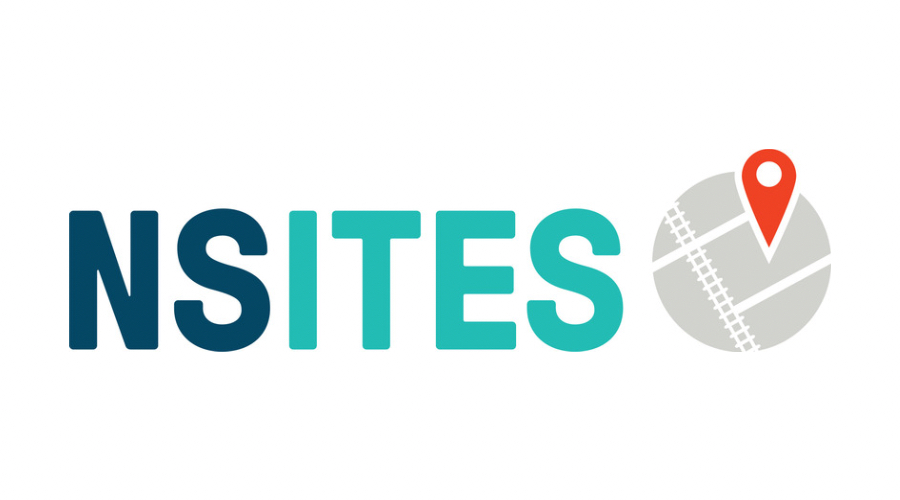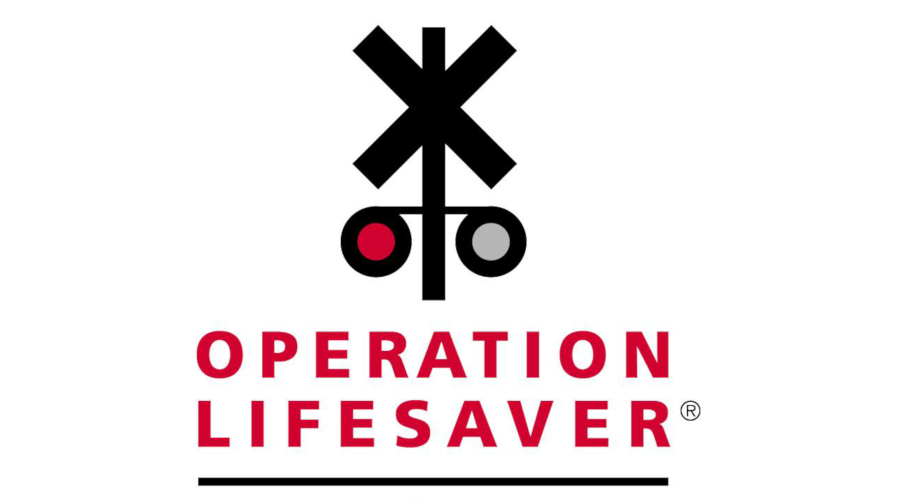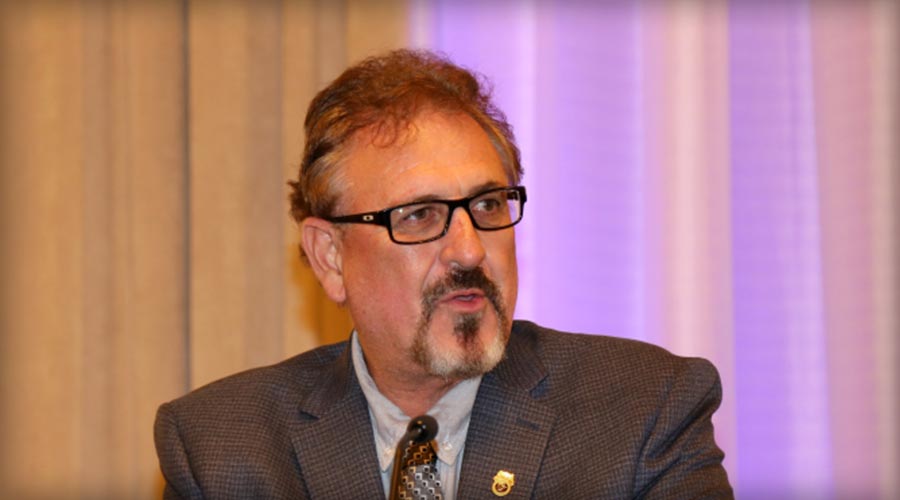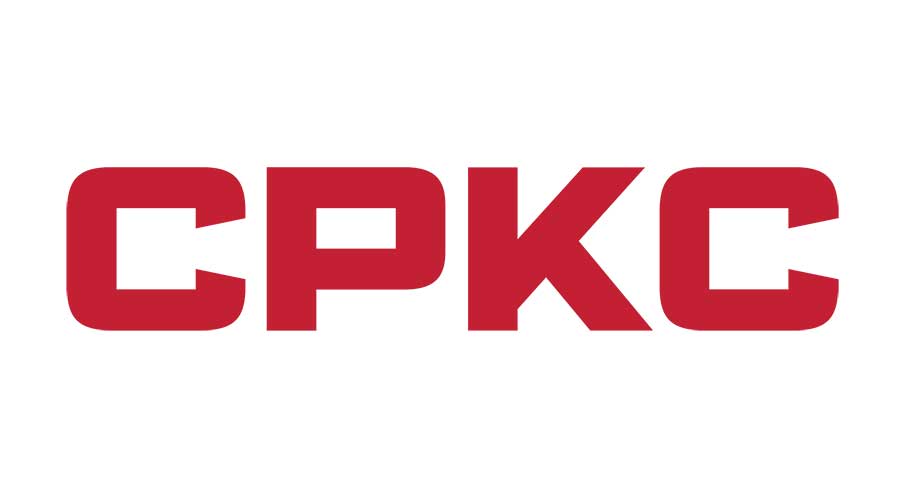Newsletter Sign Up
Stay updated on news, articles and information for the rail industry
Stay updated on news, articles and information for the rail industry
RAIL EMPLOYMENT & NOTICES
Rail News Home
High-Speed Rail
Rail News: High-Speed Rail
11/5/2010
Rail News: High-Speed Rail
Freight-rail execs address HSR-hosting issues at Wisconsin DOT conference
advertisement
Representatives from two Class Is and one regional reviewed the risks of hosting high-speed trains on freight-rail lines during the Wisconsin Department of Transportation’s (WisDOT) annual freight railroad conference, which was held Nov. 4 in Madison.
The “Freight Railroads and High-Speed Rail Panel” included Judy Mitchell, director of strategic initiatives for Canadian Pacific; Mike Payette, assistant vice president of government affairs for Union Pacific Railroad; and Ken Lucht, community development director for the Wisconsin & Southern Railroad Co. (WSOR).
Currently, passenger-rail services account for 1.5 percent of CP’s business, said Mitchell. CP and WSOR would host the proposed high-speed rail (HSR) service between Milwaukee and Madison; WisDOT recently postponed the project, which was under way.
Before considering any additional passenger-rail services on its network, CP needs to study a potential service’s “shadow effect,” or the track segments immediately behind and in front of a moving passenger train, said Mitchell. A passenger train impacts three network blocks: the block it left, the one it’s in and the one it’s approaching. Such a train moving in one 30-mile corridor would mean “there’s no room for freight trains,” said Mitchell.
In addition, CP needs to establish a plan to address peak ridership days, and the network pace of slow freight trains and “jackrabbit-like” HSR trains, she said.
For WSOR, which would host HSR service on a 33-mile segment of the Milwaukee-to-Madison line between Watertown and Madison, there are two primary challenges a freight railroad needs to overcome: protecting its operating rights and ensuring it has the ability to market its line in the future to grow the customer base, said Lucht.
In terms of the Milwaukee-to-Madison HSR service, WSOR has factored in those hurdles. The regional also has taken into consideration whether hosting the service will enable WSOR to expand capacity, such as by installing new sidings and switches, or aligning track; ensure proper legal oversight and public safety; maintain its property; and enhance the corridor’s security, said Lucht.
Meanwhile, UP’s approach to hosting passenger-rail services “is a bit more restrictive than other railroads,” said Payette. The Class I will only consider higher-speed services — which would operate trains at 79 mph to 110 mph — on its lines. HSR services exceeding 110 mph need to operate on a separate right of way, he said.
In addition, there must be a 50-foot separation between side-by-side HSR and freight-rail tracks to ensure a derailed train doesn’t block either track, and there can’t be any curfews on freight traffic, said Payette.
“We wouldn’t agree to no freight trains during the evening or morning rush,” he said.
In general, there needs to be a lot of negotiating by both parties, said Payette. And UP is more open to negotiations of late.
“Our answer before was, ‘No.’ Now, we say, ‘Let’s go sit down and talk about it,’” said Payette.
— Jeff Stagl
The “Freight Railroads and High-Speed Rail Panel” included Judy Mitchell, director of strategic initiatives for Canadian Pacific; Mike Payette, assistant vice president of government affairs for Union Pacific Railroad; and Ken Lucht, community development director for the Wisconsin & Southern Railroad Co. (WSOR).
Currently, passenger-rail services account for 1.5 percent of CP’s business, said Mitchell. CP and WSOR would host the proposed high-speed rail (HSR) service between Milwaukee and Madison; WisDOT recently postponed the project, which was under way.
Before considering any additional passenger-rail services on its network, CP needs to study a potential service’s “shadow effect,” or the track segments immediately behind and in front of a moving passenger train, said Mitchell. A passenger train impacts three network blocks: the block it left, the one it’s in and the one it’s approaching. Such a train moving in one 30-mile corridor would mean “there’s no room for freight trains,” said Mitchell.
In addition, CP needs to establish a plan to address peak ridership days, and the network pace of slow freight trains and “jackrabbit-like” HSR trains, she said.
For WSOR, which would host HSR service on a 33-mile segment of the Milwaukee-to-Madison line between Watertown and Madison, there are two primary challenges a freight railroad needs to overcome: protecting its operating rights and ensuring it has the ability to market its line in the future to grow the customer base, said Lucht.
In terms of the Milwaukee-to-Madison HSR service, WSOR has factored in those hurdles. The regional also has taken into consideration whether hosting the service will enable WSOR to expand capacity, such as by installing new sidings and switches, or aligning track; ensure proper legal oversight and public safety; maintain its property; and enhance the corridor’s security, said Lucht.
Meanwhile, UP’s approach to hosting passenger-rail services “is a bit more restrictive than other railroads,” said Payette. The Class I will only consider higher-speed services — which would operate trains at 79 mph to 110 mph — on its lines. HSR services exceeding 110 mph need to operate on a separate right of way, he said.
In addition, there must be a 50-foot separation between side-by-side HSR and freight-rail tracks to ensure a derailed train doesn’t block either track, and there can’t be any curfews on freight traffic, said Payette.
“We wouldn’t agree to no freight trains during the evening or morning rush,” he said.
In general, there needs to be a lot of negotiating by both parties, said Payette. And UP is more open to negotiations of late.
“Our answer before was, ‘No.’ Now, we say, ‘Let’s go sit down and talk about it,’” said Payette.
— Jeff Stagl


 2025 MOW Spending Report: Passenger-rail programs
2025 MOW Spending Report: Passenger-rail programs
 Gardner steps down as Amtrak CEO
Gardner steps down as Amtrak CEO
 Guest comment: Oliver Wyman’s David Hunt
Guest comment: Oliver Wyman’s David Hunt
 Women of Influence in Rail eBook
Women of Influence in Rail eBook
 railPrime
railPrime








